When U.S. Vice President JD Vance and Indian Prime Minister Narendra Modi met Monday in New Delhi, many other countries were watching for clues on how the two sides would deal with the onerous tariffs unleashed by Vance’s boss.
But experts warn that India’s response to U.S. President Donald Trump’s tariff threats — even if successful — might not offer a general blueprint for other countries since each has a unique relationship with the United States.
A flat 26% tariff rate on inbound goods from India into the United States — now under a 90-day delay — has pushed New Delhi to rapidly engage with Washington in negotiations over a trade deal that not only addresses India's trade surplus, but also nudges the country to purchase more defense, tech and energy products from the U.S.




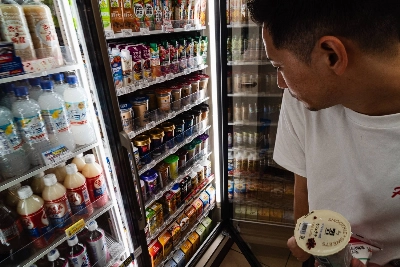



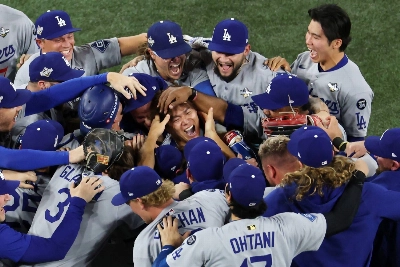


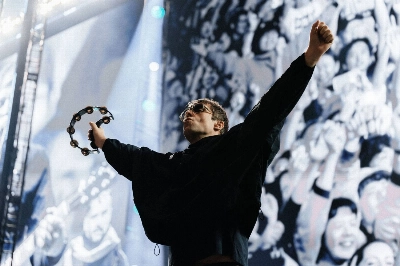

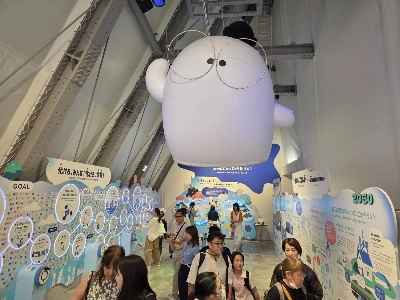


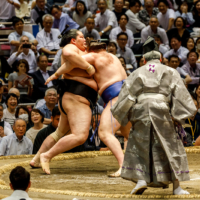

With your current subscription plan you can comment on stories. However, before writing your first comment, please create a display name in the Profile section of your subscriber account page.